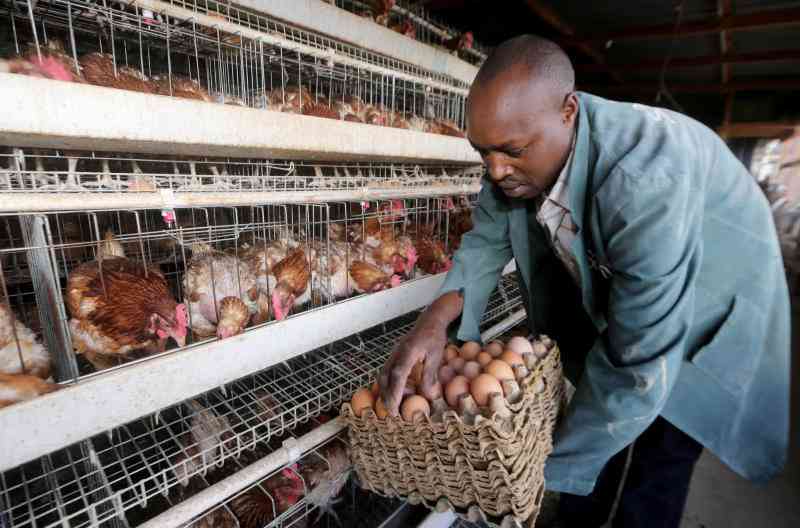Born to cows after their mothers are served either using natural serving or artificial insemination, heifers are the future of the herd.
A well-planned breeding program brings forth the best results when the breeder considers the production and other trait characteristics in individual animals and how they can be consequently passed on to future offspring. Similarly, the breeder must be able to match these traits to the prevailing demands in the market.
Inbreeding hinders the realization of the aforementioned traits.
What is Inbreeding?
Inbreeding can simply be defined as the mating of related bulls and cows/ heifers. The decrease in fitness that comes from inbreeding is known as inbreeding depression.
Inbreeding has many negative effects such as:
- smaller animals
- low disease resistance
- less productive animals
- high incidence of deformities
A proper breeding strategy is paramount to avoid the above effects and achieve the following results:
- higher productivity
- better milk and meat yields
- healthy animals
- good disease resistance
Inbreeding should be avoided at all costs since the consecutive generations have their fertility and viability tremendously decreased. Breeding within small populations without the introduction of new animals from outside which are not at all related to the herd or flock straightaway leads to a certain degree of inbreeding.
Cows and bulls in any breed have genetic traits that are desirable or undesirable from a farmers’ perspective. The problem arises when the genetics for the same undesired traits are present in both parents.
When Artificial Insemination is used, a considerably small number of sires again are used to serve a very large number of females. Many young sires are used for progeny testing and several tested sires enter into service every year. In artificial insemination, the current protocol is to use the tested sires for only a short period of time. Later, they are replaced with younger sires, which have made better records. This rather rapid turnover in sires serves to reduce the length of the generation interval in breeding programs.
Use Heterosis to Avoid Inbreeding
Heterosis or hybrid vigour is the improvement in the fitness of the offspring that occurs when two animals that are not related at all are matted. This is the opposite of inbreeding.
The surest way of tackling inbreeding is to:
- Accurately keep breeding records of all animals in the farm.
- Siblings not to breed with each other/ amongst themselves.
- Parents not to breed with their own offspring
- Adopt the use of Artificial Insemination or natural mating – with utmost care note the name of the bull mating as well as the name of the sire providing semen to the cow - next to the name of the cow in your diary. So that after some time you will have a record of the family tree of every individual.
- At consecutive service ask the AI provider to bring semen from a different origin.
- Ensure that the same sire semen is not used on his offspring at any given time.
Adapted from The Handbook of Animal Husbandry.
Author: Dr. Paul R. N. Kangethe (BVM, UoN)
Email: [email protected]
Want to get latest farming tips and videos?
Join Us
 The Standard Group Plc is a multi-media organization
with investments in media platforms spanning newspaper print operations,
television, radio broadcasting, digital and online services. The Standard Group
is recognized as a leading multi-media house in Kenya with a key influence in
matters of national and international interest.
The Standard Group Plc is a multi-media organization
with investments in media platforms spanning newspaper print operations,
television, radio broadcasting, digital and online services. The Standard Group
is recognized as a leading multi-media house in Kenya with a key influence in
matters of national and international interest.
 The Standard Group Plc is a multi-media organization
with investments in media platforms spanning newspaper print operations,
television, radio broadcasting, digital and online services. The Standard Group
is recognized as a leading multi-media house in Kenya with a key influence in
matters of national and international interest.
The Standard Group Plc is a multi-media organization
with investments in media platforms spanning newspaper print operations,
television, radio broadcasting, digital and online services. The Standard Group
is recognized as a leading multi-media house in Kenya with a key influence in
matters of national and international interest.







